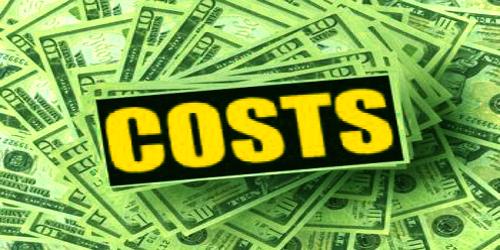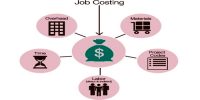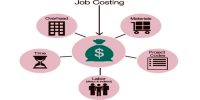Classify Cost from the viewpoint of Decision Making
Cost can be defined as the monetary value of the utility (or benefit) which is yet to be derived from the resources used by the business to earn income.
From the viewpoint of decision making, a cost can be classified into 4 major categories. They are discussed the following:
(a) Differential cost: Differential costs are the expected future costs that differ as a consequence of choosing one alternative over another. In a business decision, each alternative will have costs that must be compared to the costs of the other available alternatives. A difference between any two alternatives is known as a differential cost. It is also known as Incremental Cost.
(b) Opportunity cost: Opportunity cost is the potential benefit that is given up when one alternative is selected over another. Opportunity cost analysis is an important part of a company’s decision making processes but is not treated as an actual cost in any financial statement.
(c) Sunk Cost: Sunk cost is a past cost that has already been incurred, normally fixed in nature and that cannot be changed by any decision made now or in the future: The chance of recovery of sunk cost is nearly zero. Since sunk cost cannot be changed by any decision, they are not differential costs. Therefore, sunk costs can and should be ignored when making a decision.
(d) Relevant costs: Relevant cost is the cost information that is predicted for the future decision, will differ among the alternatives and helps the management of the entity in decision making. Various types of relevant costs are –
- Quality cost
- Prevention cost
- Appraisal cost
- Internal failure cost
- External failure cost.















